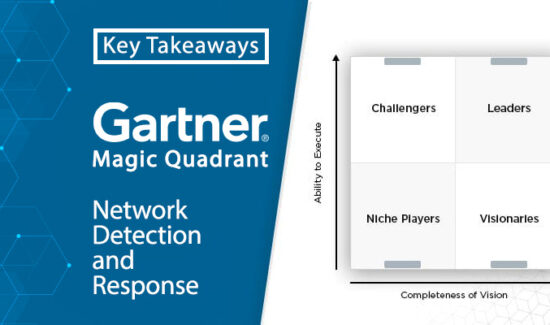Vertical Integration vs. Horizontal Integration


A business’ IT department might be having a tough time when it comes to deciding how their network will be integrated into one over-arching system. One possible answer for this form of amalgamation is called System Integration, or the process of combining component sub-systems into on aggregation of subsystems; this one system ensures IT professionals their different computing systems act as a single unit. Here are the two most prominent methods that businesses practice for integrating their systems, and how their pros and cons could possibly affect efficiency.
Vertical Integration
If a company wants to bring their component sub-systems together into a single aggregated system, then vertical integration is always an option. Vertical integration is the process of integrating a network’s subsystems according to their functionality, usually by creating information silos. Information silos don’t allow reciprocal operation between different information systems, allowing the silos to perform their tasks without any interference from other subsystems. The benefits of this method include a tightly controlled user experience, and quick integration of necessary vendors, which makes this method cheaper. Unfortunately, this method becomes more expensive over time because of the new functionalities being constantly implemented for vendors, leading to new silos being created constantly to suit these updates. Also, vertical integration takes up HW and middleware flexibility, which weakens productivity in the long-run. Vertical integration is a short-term solution, but it can be beneficial for companies with higher revenue.
Horizontal Integration
In contrast to the isolationist functions of vertical integration, horizontal integration is dedicated to communication between different subsystems. A specialized subsystem is dedicated to communication between other subsystems, cutting the number of interfaces to one per subsystem, which then cuts to an Enterprise Service Bus (ESB). By practicing this form of communicative integration, users can see considerably more configuration than integration coding, which decreases production time. There are easy plug-ins and plug-outs in the system, which helps with software implementation or disconnection. But the communication speed is lower, especially for compatible services, and if there is a single point of failure in the system, it can bring down all communications. If a business is using horizontal integration, then there’s a high-risk, high-reward aspect to the practice.
To learn more about network monitoring practices and solutions, check out our Buyer’s Guide Below:




















